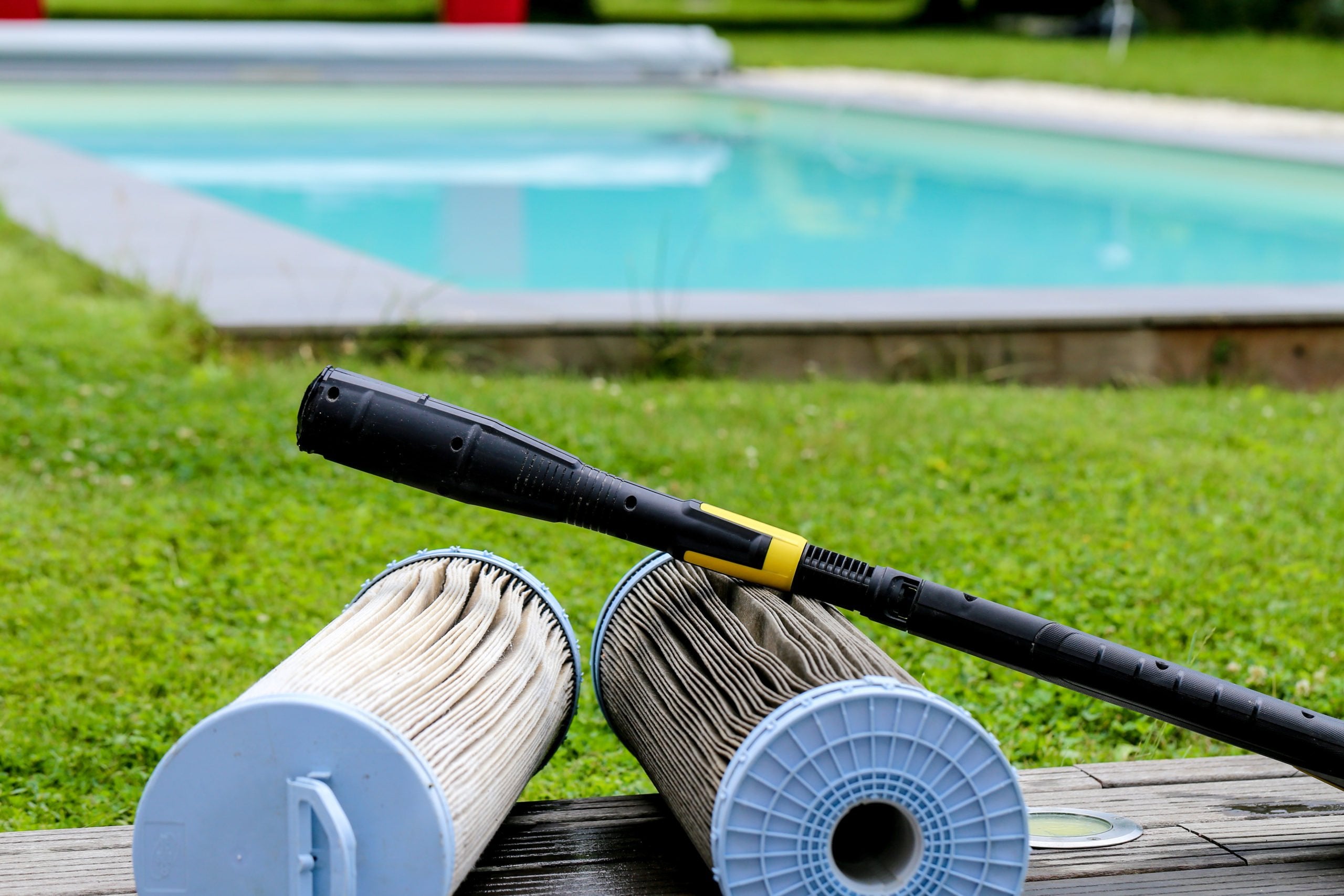The replacement frequency of swimming pool filters depends on the type of filter and its usage. Here are the replacement recommendations for different types of filters:
1. **Sand Filters**:
- Typically have a lifespan of 3 to 7 years. It's recommended to replace the sand every 5 years to maintain good filtration effectiveness.
2. **Glass Filters**:
- Known for their long lifespan, glass filters may last over ten years without replacement if maintained properly. However, it's advised to replace the glass media every 5 years to keep the system running efficiently.
3. **Cartridge Filters**:
- Cartridge filters are usually replaced after 1 to 2 years of use, but this also depends on the brand's usage guidelines. If the filter shows signs of damage or tearing, it should be replaced immediately.
4. **Diatomaceous Earth (DE) Filters**:
- It's recommended to check the DE filter's media level at least once a year and replace it when necessary. The cylindrical part of a DE filter is typically replaced every 1 to 2 years.
When considering a filter replacement, also look out for the following signs:
- The filter pressure gauge reading consistently exceeds the normal startup pressure by 8-10 psi.
- Wear, tear, or deformation of the filter material.
- Even after cleaning, the filter's PSI reading remains significantly high, indicating permanent clogging of the media.
- Cracks or damage to the filter end caps.
To extend the lifespan of your filter, regular cleaning and maintenance are recommended, including soaking with a specialized filter cleaner and proper storage during the off-season. Additionally, maintaining good chemical balance in the pool water helps reduce the filter's burden and prolong its lifespan.

When replacing a pool filter, follow a series of steps to ensure the process is safe and effective. Here are general steps and precautions:
1. **Shut off the Pool Pump**:
- Before starting the replacement, make sure to turn off the power to the pool pump for safety.
2. **Drain the Pool Pump and Filter**:
- Depending on the filter type, you may need to drain the water from the pool pump and filter. This can be done by closing the valves of the pool system.
3. **Remove the Old Filter**:
- Depending on how the filter is installed, you may need specific tools (such as wrenches or screwdrivers) to disassemble the old filter. Be careful during disassembly to avoid damaging fittings or other components.
4. **Clean the Area**:
- Before installing the new filter, clean the area where the old filter was located, ensuring there is no dust, debris, or other impurities.
5. **Inspect and Prepare the New Filter**:
- Before installing the new filter, inspect it for any damage or defects. Ensure the new filter matches the specifications of the old filter and is suitable for your pool system.
6. **Install the New Filter**:
- Install the new filter according to the manufacturer's instructions. Ensure all connections are tight and correct to prevent leaks.
7. **Reconnect the System**:
- Reconnect the new filter to the pool pump and pipe system. Ensure all pipe connections are secure and there are no signs of leaks.
8. **Restart the Pool Pump**:
- After confirming all connections are secure, restart the pool pump and check for leaks or other issues.
9. **Perform Testing**:
- After replacing the filter, observe the operation of the pool pump and filter to ensure everything is running smoothly. Check the pressure gauge reading for normalcy and look out for any leaks.
10. **Maintenance and Recording**:
- Record the date and model of the filter replacement for future reference. Regularly check and maintain the new filter to ensure its continued effective operation.

When performing the replacement, always follow the specific guidance and recommendations of the filter manufacturer. If you're not familiar with these steps or are unsure of your abilities, consider hiring professional pool maintenance services to do the job.

